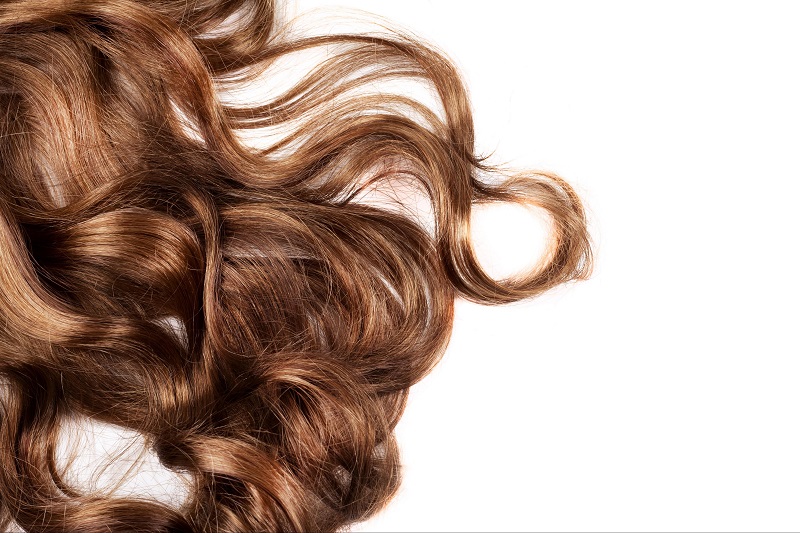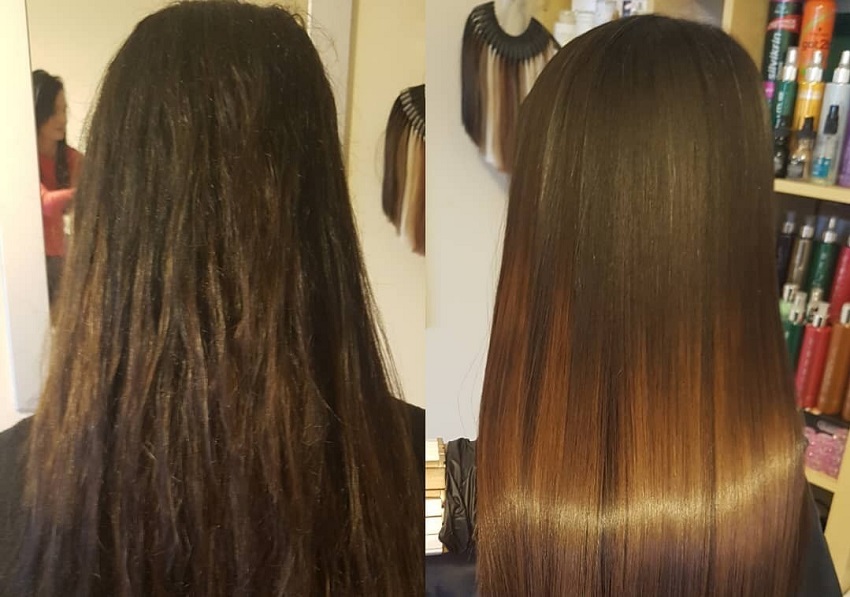The pimples on the face are related to adolescence or at puberty. However, they can appear at any time of life, and for several reasons. Since we often do not know why they develop, this article will explain how Grandma distinguish between different types of acne on the face.
What types of acne exist?
Although we usually understand all the pimples in the same group, there are different types, each with its own characteristics and specific situations by their appearance …

Acne vulgaris or common
Has pimples, points blacks and small bumps on the skin of the face and other body parts (for example, back, shoulders and chest). The acne vulgaris is mild but can also be treated with the treatments indicated by a dermatologist.
Premenstrual acne
Pimples are small and appear a few days before your period because of the hormonal changes that occur in the body. For those who already suffer from acne, pimples at this stage they become more visible. The good news is that disappear in less than a week.
Baby acne
The newborn may have pimples during the first 72 hours of life. This type of acne is related to the hormones that the mother has passed to the baby through the umbilical cord and progesterone in her blood. He heals on its own over time.
Acne keloid
And is common in adolescents or adulthood in men and is caused by errors in shave (a wrong technique, a blunt blade or an allergic reaction to shaving foam). The skin irritation with the keloid acne appears mostly on the chin and neck.
Acne iatrogenic
It is one of the side effects of many drugs, including:
- Androgens
- Anabolic
- Oral contraceptives
- Corticosteroids
- Halide
To treat this type of problem is essential to change the type of drug, of course, always under the supervision of a doctor.
Blackheads
This is a simple injury caused by acne common. It is a hair follicle blocked by dead skin cells or fat. A blackhead becomes a reddish bump and not “out” or “tip” as pimples. The use of some beauty products and makeup, as well as an inefficient cleaning, can cause blackheads. Best to choose items “non-comedogenic” and periodically wash the area so that the pores do not become clogged.
Blackhead
And an open comedo in correspondence of the surface of the dermis. Excessive oiliness or dead cells clog the pore. Contrary to popular belief, the point is black from grease reaction in contact with the air and not dirt. The blacks points must be removed properly to avoid leaving scars or rashes.
You may also like to read another article on Natural-Lotion: 5 Things that happen to your skin when you squeeze pimples
White point
When the blackhead is closed on the skin surface as white spots. They occur when fat and dead cells do not allow the opening of the hair follicle. With a good treatment of the skin you can release them and ensure good drainage.
Papules
When you have a black dot or a white dot it becomes inflamed and causes a lump of pink or red color. It can be painful to the touch and cause sensitivity. If you scrape, pinch or crush the papule, the situation can get worse and lead to a lasting scar. Have many papules on the face indicates that you may suffer from moderate to severe acne.
Pustule
Another type of pimple, similar to the white point but with a halo or a red circle around the bulge. Usually inside it has yellow or white pus. You need to avoid pinch or crush it to avoid causing scars or marks on the skin.
Acne rosacea
The Acne Rosacea is a condition that affects millions of people around the world, particularly those over 30 years. It is characterized by signs of pink or red color, as if they were a rash. The areas where it happens more often are the cheeks, chin and nose. In some cases, rosacea occurs on the forehead. It may be accompanied by spots, redness and pimples. And is more common in women and if not treated in time, can inflame the tissues and cause swelling of the nose. It also leads to a greater visibility of blood vessels of the skin surface.
Severe acne
Severe acne is characterized by larger lesions or pimples and can be very painful. Injuries cannot be easily treated and is likely to inadequate treatment leave any marks and scars that cannot be erased.
Nodule
This is a large bulge inflamed and hard to the touch. The nodule develops in the deeper layers of the skin and is usually very painful. Without exception, the nodules should be treated by a dermatologist to gradually reduce the swelling and make the symptoms disappear.
CYST
It is a great and serious injury, full of bubbles similar to pus. A cyst is very painful and must be removed by a doctor, very often in local anesthesia. Those who develop cysts are those who suffer from very severe acne.
Acne conglobata
It is one of the most serious types of severe acne that exists. In turn it is very dangerous, because it appears when there is no specific pre-treatment and is easier to be infected or injured. The conglobata acne is more common in men, and appears on the face, thighs, chest, neck and arms. It is related to problems with the immune system.
Deep folliculitis
It’s the worst kind of acne that exists, and it is caused by a bacterial infection due to improper care of pustules and cysts. Being so complicated, the long-term treatment involves the use of antibiotics.



